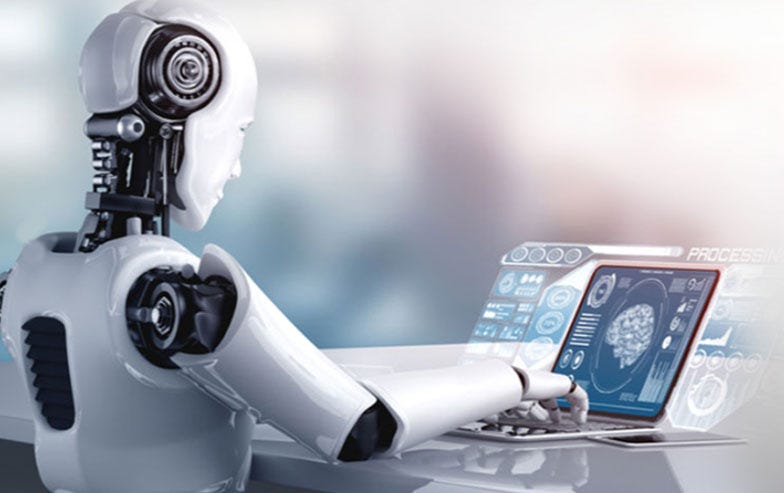The world of artificial intelligence (AI) has witnessed significant advancements in recent years, and one of the most exciting developments is the emergence of robot deep learning. This technology has the potential to revolutionize the way robots interact with their environment, learn from experiences, and make decisions. In this article, we will delve into the world of robot deep learning, exploring its principles, applications, and future prospects.

What is Deep Learning?
Deep learning is a subset of machine learning, which is a branch of AI that enables computers to learn from data without being explicitly programmed. Deep learning algorithms are inspired by the structure and function of the human brain, consisting of multiple layers of neural networks that process and transform inputs into meaningful representations. These representations are then used to make predictions, classify objects, or generate text.
Robot Deep Learning: Principles and Techniques
Robot deep learning involves the application of deep learning algorithms to enable robots to learn from their environment, adapt to new situations, and improve their performance over time. The key principles of robot deep learning include:
- Sensorimotor Learning: Robots learn to associate sensory inputs with motor outputs, enabling them to perform tasks such as grasping, manipulation, and navigation.
- Reinforcement Learning: Robots learn to take actions that maximize rewards or minimize penalties, enabling them to develop optimal policies for tasks such as obstacle avoidance or goal reaching.
- Imitation Learning: Robots learn to mimic human behaviors or demonstrations, enabling them to acquire new skills and adapt to changing environments.
- Transfer Learning: Robots learn to transfer knowledge and skills acquired in one context to new, unseen contexts, enabling them to generalize and adapt to novel situations.
Applications of Robot Deep Learning
The applications of robot deep learning are diverse and rapidly expanding, with potential uses in:
- Industrial Robotics: Robot deep learning can improve the efficiency and adaptability of industrial robots, enabling them to perform complex tasks such as assembly, welding, and inspection.
- Service Robotics: Robot deep learning can enable service robots to interact with humans, understand their needs, and provide personalized assistance, such as home care or customer service.
- Autonomous Vehicles: Robot deep learning can improve the safety and efficiency of autonomous vehicles, enabling them to perceive their environment, predict pedestrian behavior, and make informed decisions.
- Medical Robotics: Robot deep learning can enhance the capabilities of medical robots, enabling them to perform delicate tasks such as surgery, diagnosis, and patient care.
Challenges and Limitations
Despite the rapid progress in robot deep learning, several challenges and limitations remain, including:
- Data Quality and Quantity: Robot deep learning requires large amounts of high-quality data, which can be difficult to collect and annotate.
- Safety and Security: Robot deep learning raises concerns about safety and security, particularly in applications such as autonomous vehicles or medical robotics.
- Explainability and Transparency: Robot deep learning models can be difficult to interpret and understand, making it challenging to diagnose errors or improve performance.
- Computational Resources: Robot deep learning requires significant computational resources, which can be a limiting factor in real-time applications.
FAQ
- What is the difference between machine learning and deep learning?
Machine learning involves training algorithms on data to make predictions or classify objects, while deep learning is a subset of machine learning that uses neural networks to learn complex representations of data. - Can robot deep learning be used in real-time applications?
Yes, robot deep learning can be used in real-time applications, but it requires significant computational resources and efficient algorithms to ensure fast and accurate processing. - How can robot deep learning be applied to industrial robotics?
Robot deep learning can be applied to industrial robotics to improve the efficiency and adaptability of robots, enabling them to perform complex tasks such as assembly, welding, and inspection. - What are the potential risks and challenges of robot deep learning?
The potential risks and challenges of robot deep learning include safety and security concerns, data quality and quantity issues, explainability and transparency limitations, and computational resource constraints.
Conclusion
Robot deep learning is a rapidly evolving field that has the potential to revolutionize the way robots interact with their environment, learn from experiences, and make decisions. While significant challenges and limitations remain, the applications of robot deep learning are diverse and expanding, with potential uses in industrial robotics, service robotics, autonomous vehicles, and medical robotics. As researchers and engineers continue to advance the field of robot deep learning, we can expect to see significant improvements in the efficiency, adaptability, and safety of robots, ultimately leading to a future where robots and humans can collaborate and interact in a more seamless and intuitive way.
In the near future, we can expect to see the development of more sophisticated robot deep learning algorithms, the integration of robot deep learning with other AI technologies such as computer vision and natural language processing, and the deployment of robot deep learning in a wide range of applications. As the field continues to evolve, it is essential to address the challenges and limitations of robot deep learning, including safety and security concerns, data quality and quantity issues, and explainability and transparency limitations.
Ultimately, the future of robot deep learning is promising and exciting, with the potential to transform the way we live, work, and interact with technology. As we continue to push the boundaries of what is possible with robot deep learning, we can expect to see significant advancements in the field of artificial intelligence, enabling us to create more intelligent, autonomous, and adaptable robots that can improve our lives and our world.
Closure
Thus, we hope this article has provided valuable insights into The Future of Artificial Intelligence: Robot Deep Learning. We thank you for taking the time to read this article. See you in our next article!
